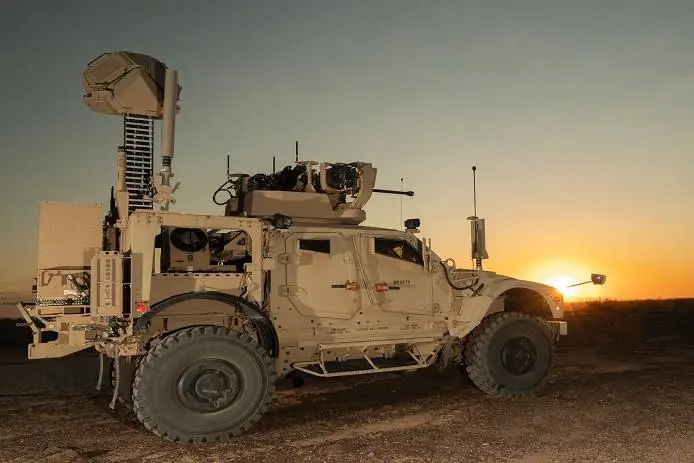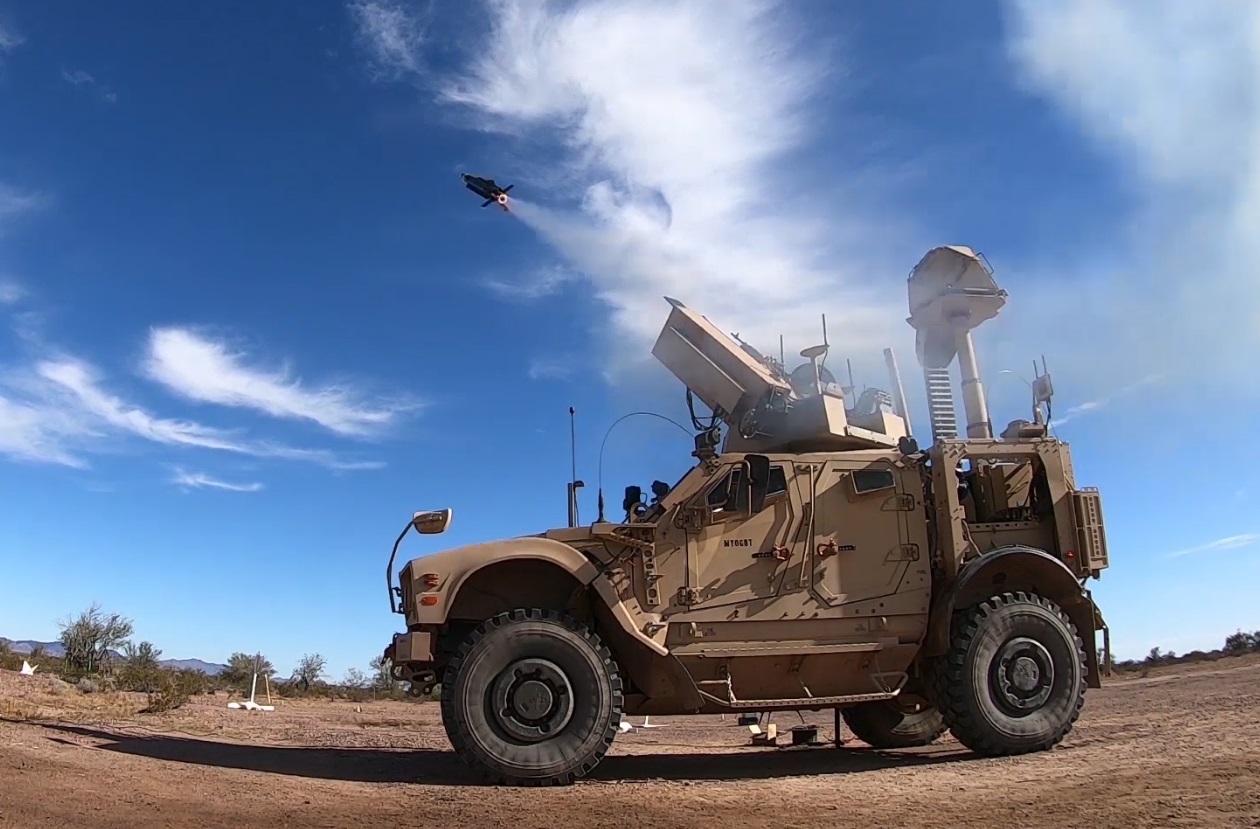Raytheon’s released a video showing counter-UAS effectiveness against enemy drones. Raytheon Missiles & Defense, a Raytheon Technologies business, successfully defeated a swarm of drones with its reusable Coyote® Block 3 non-kinetic effector during a U.S. Army test. The demonstration moves the variant closer to deployment. During the test, the Coyote engaged and defeated a swarm of 10 drones that differed in size, complexity, maneuverability, and range. It achieved several significant firsts:
• Air-to-air non-kinetic defeats;
• Survivability, recovery, refurbishment, and reuse during the same test event;
• Successful launch from the Coyote Block 2 system;
• Extended range engagements, communication, and KuRFS radar track.
At the Yuma Proving Ground, Counter-UAS team members from Raytheon Missiles & Defense, a Raytheon Technologies business, gathered alongside their partners from the Army’s Integrated Fires and Rapid Capabilities Office as well as representatives from international partner nations. At the 10-day test event in August 2021, they all watched as Coyote® interceptor variants, the KuRFS precision targeting radar, and the Ku-720 mobile precision targeting radar – all Raytheon Missiles & Defense products – were put through their paces. Both the Ku-Band Radio Frequency System, or KuRFS, and the kinetic-defeat Coyote interceptor have been deployed under what the Army calls Urgent Operational Needs programs, meaning those that are demonstrated as effective against a range of threats and are fielded faster.

As part of a longtime partnership with the Army, Raytheon Missiles & Defense has continued to mature the KuRFS fixed-site and Ku720 mobile radars and the Coyote interceptors to serve a greater number of warfighters across Combatant Commands and the branches of the Armed Forces. These days, those tactics can overwhelm a singular defensive system. Therefore, Raytheon Missiles & Defense takes a “defense-in-depth” approach – building counter-UAS systems in layers to ensure integrated defense against drones in any environment. As a scaled-down version of KuRFS, Ku-720 is specifically designed for highly mobile operations. It reduces the size, weight, and cost of the currently deployed KuRFS while retaining its same proven technology for surveillance, threat detection, identification, and tracking.
Derived from the expendable Coyote loitering munition, Block 3 utilizes a non-kinetic warhead to neutralize enemy drones, reducing potential collateral damage. Unlike its expendable counterpart, the non-kinetic variant can be recovered, refurbished, and reused without leaving the battlefield. The most capable in its class, the Coyote® unmanned aircraft system is small, expendable, and tube-launched. It can be deployed from the ground, air, or a ship. The Coyote UAS can be flown individually or netted together in swarms, and it is adaptable for a variety of missions including surveillance, electronic warfare, and strike. The system will operate for up to one hour and is designed for interchangeable payloads.

